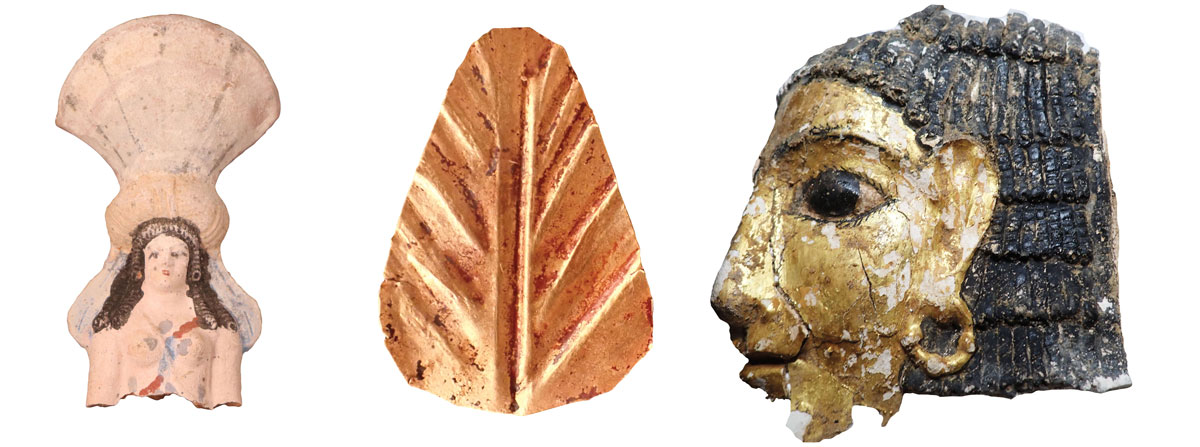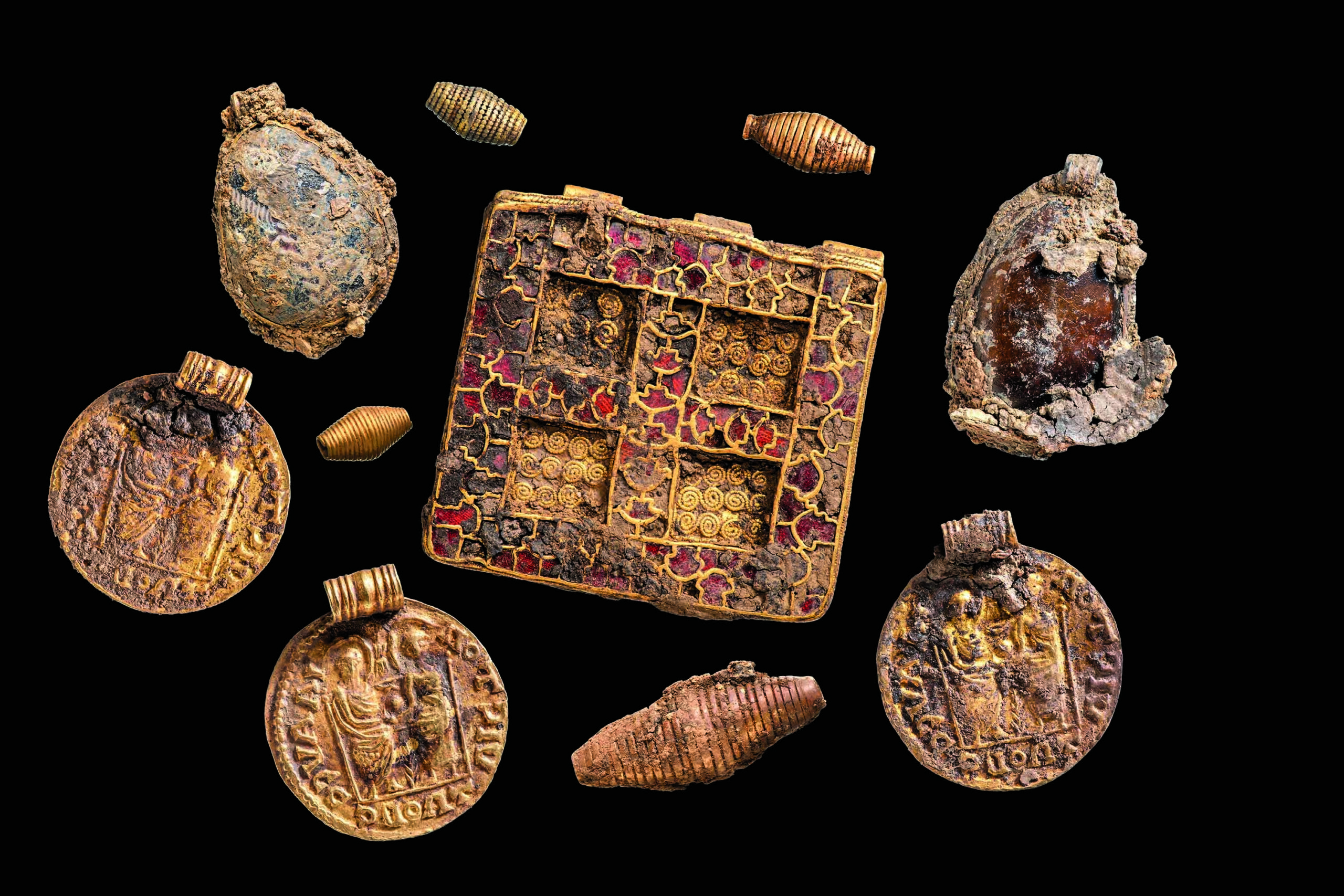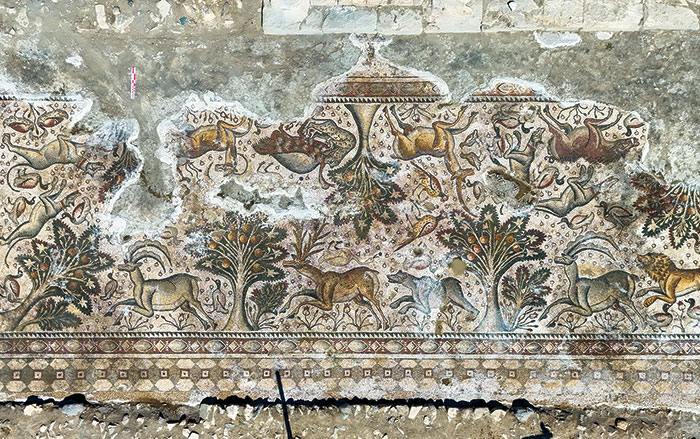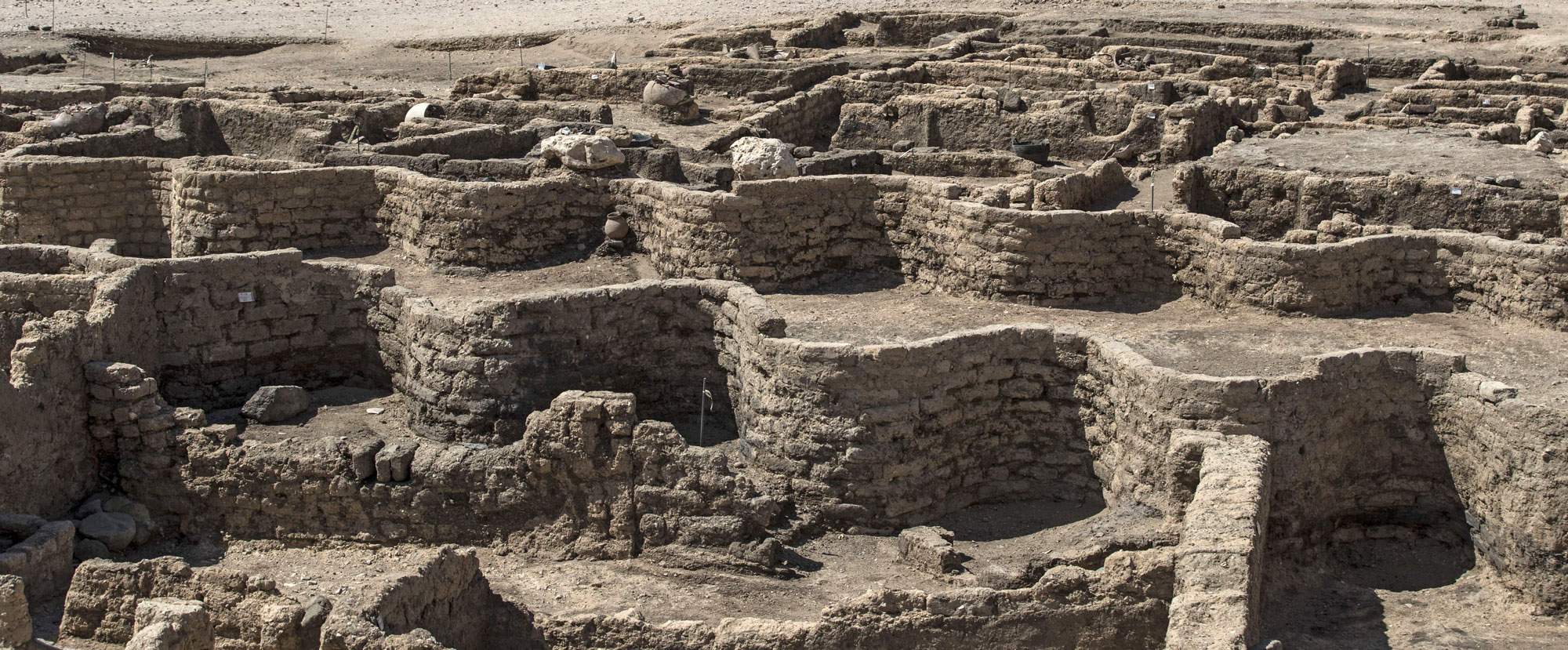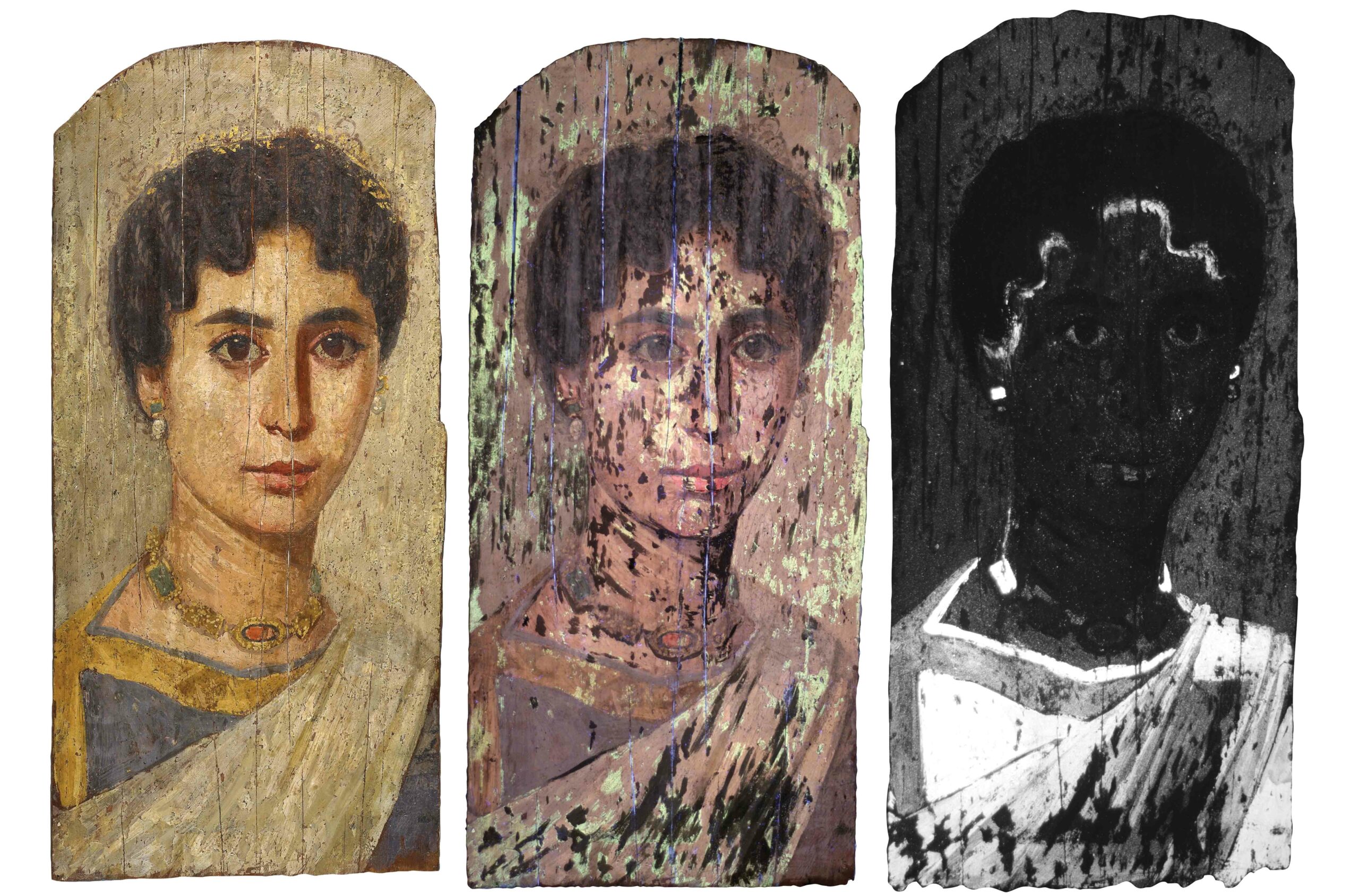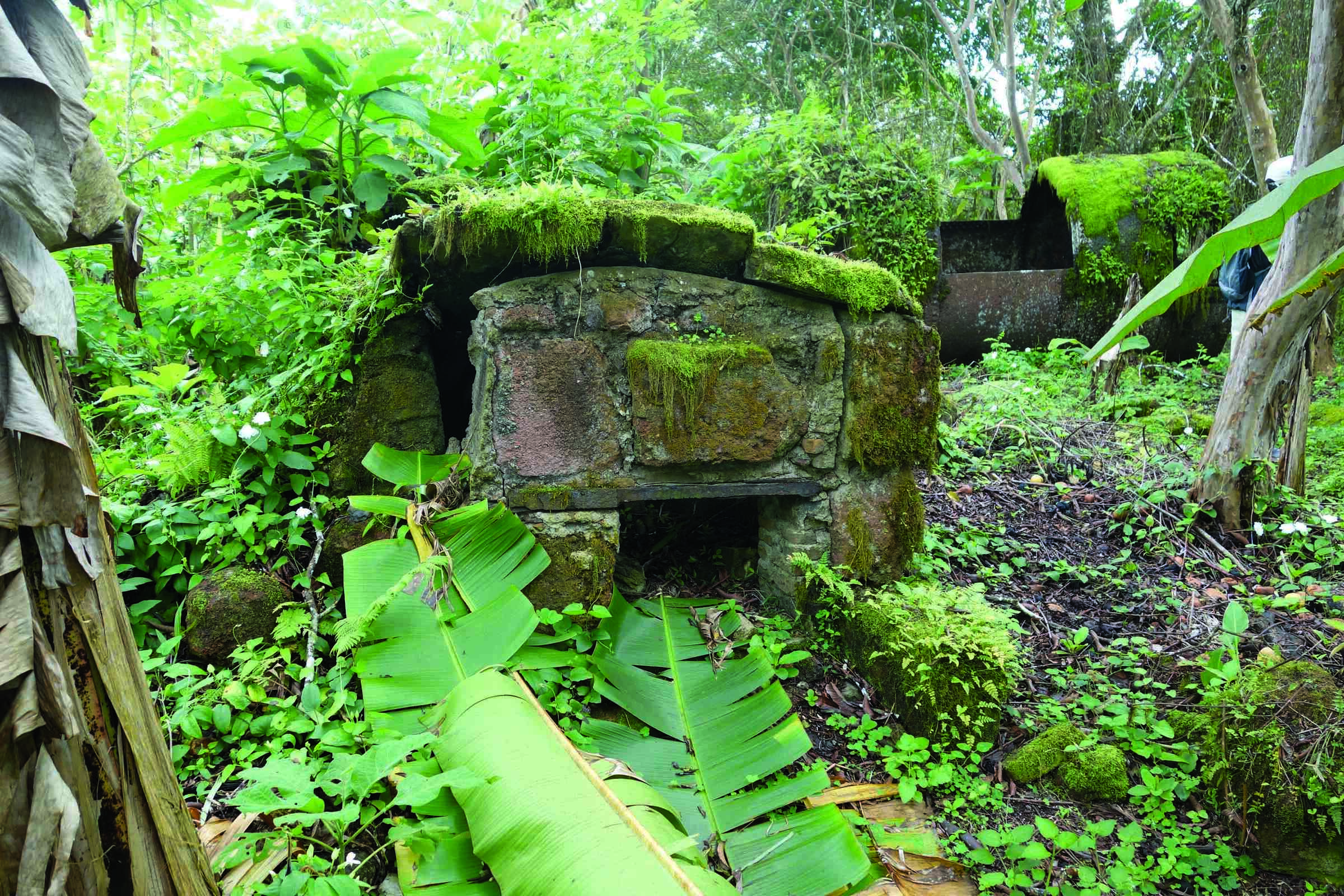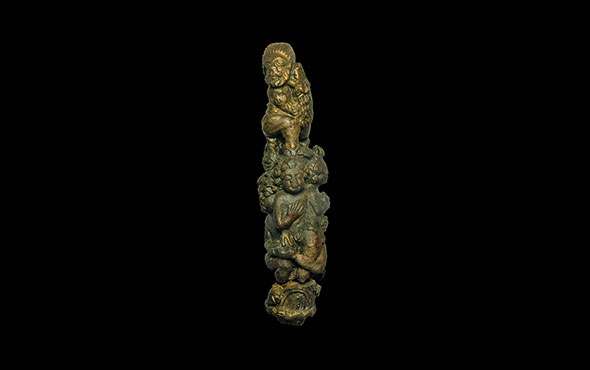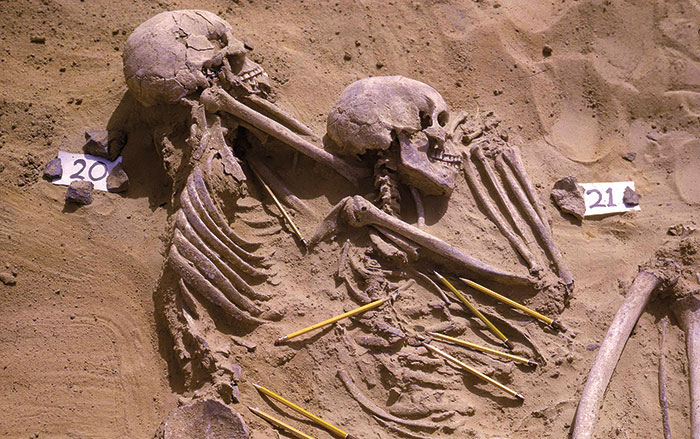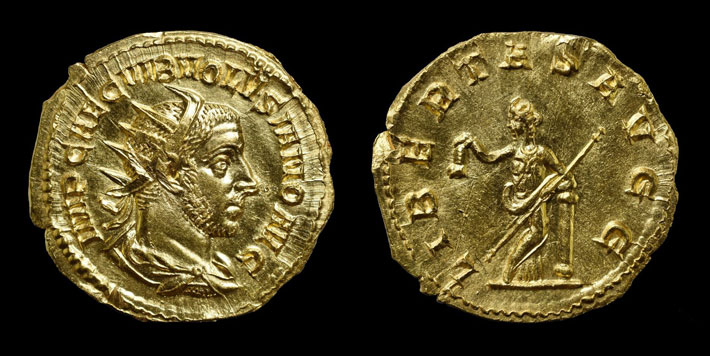
SZEGED, HUNGARY—Live Science reports that a double aureus, or binio, bearing an image of the emperor Volusianus was unearthed at the site of a Roman settlement in southwestern Hungary. Volusianus co-ruled with his father, Trebonianus Gallus, from A.D. 251 to 253, when he was assassinated at the age of 22 by his soldiers. On the reverse, Volusianus is shown wearing a beard and a crown of rays, while the obverse bears an image of Libertas, the personification of freedom. The coin was likely dropped, according to archaeologist Máté Varga of the University of Szeged. “It must have been a great loss for the former owner to lose this valuable coin,” he said. The excavation has also yielded Roman silver and bronze coins, a bronze key, an inscribed silver ring, and a glass brooch. To read about a coin of a Roman military commander minted during his very brief reign in A.D. 269, go to "Artifact."


